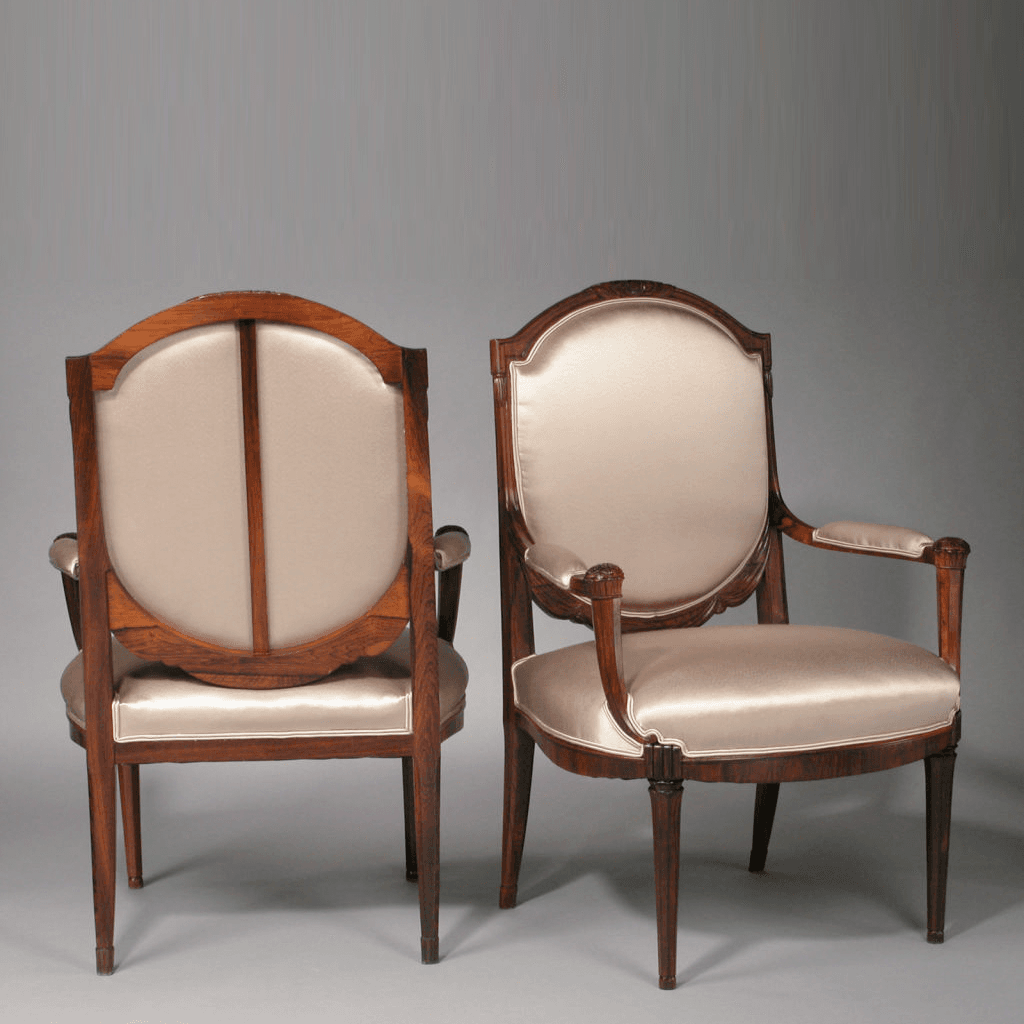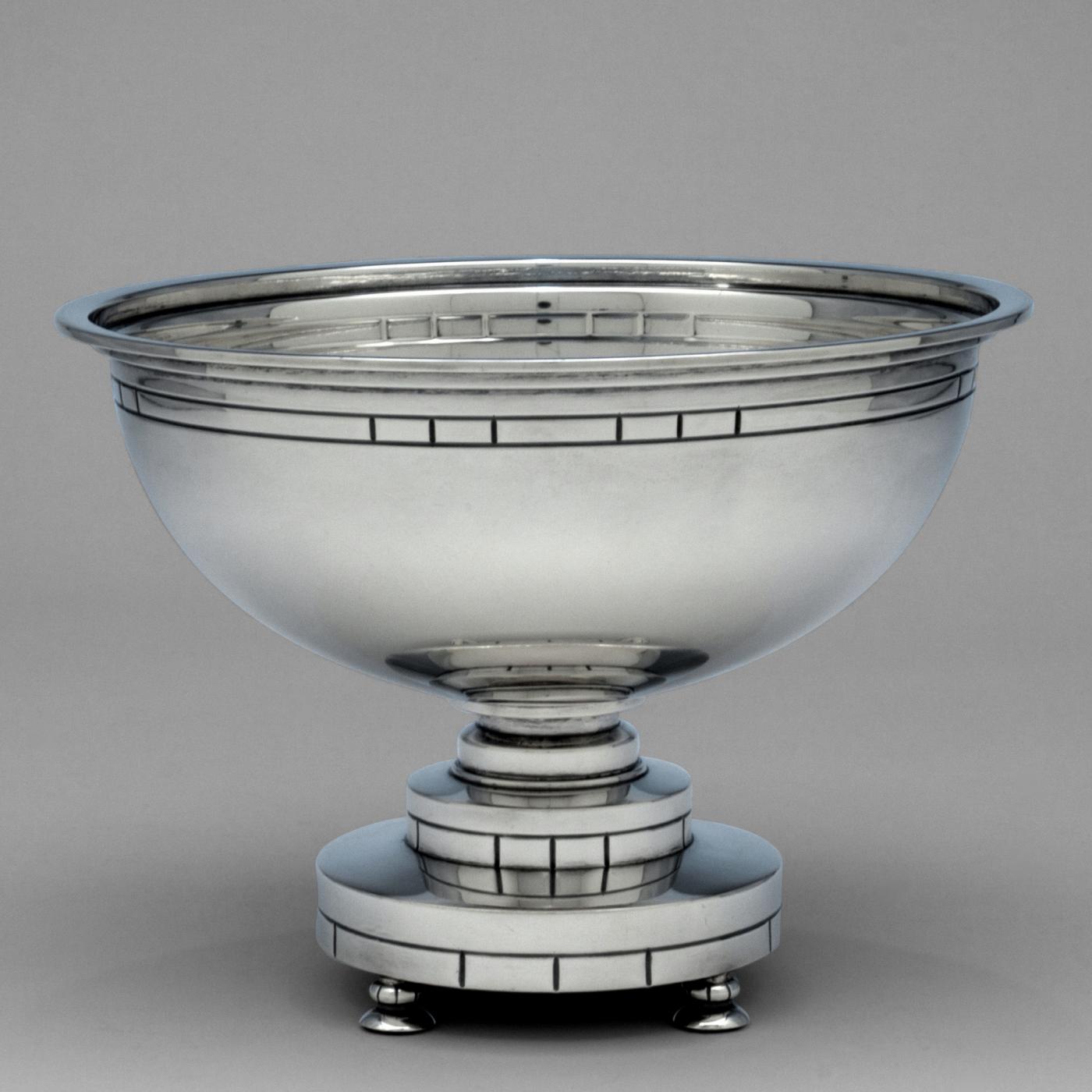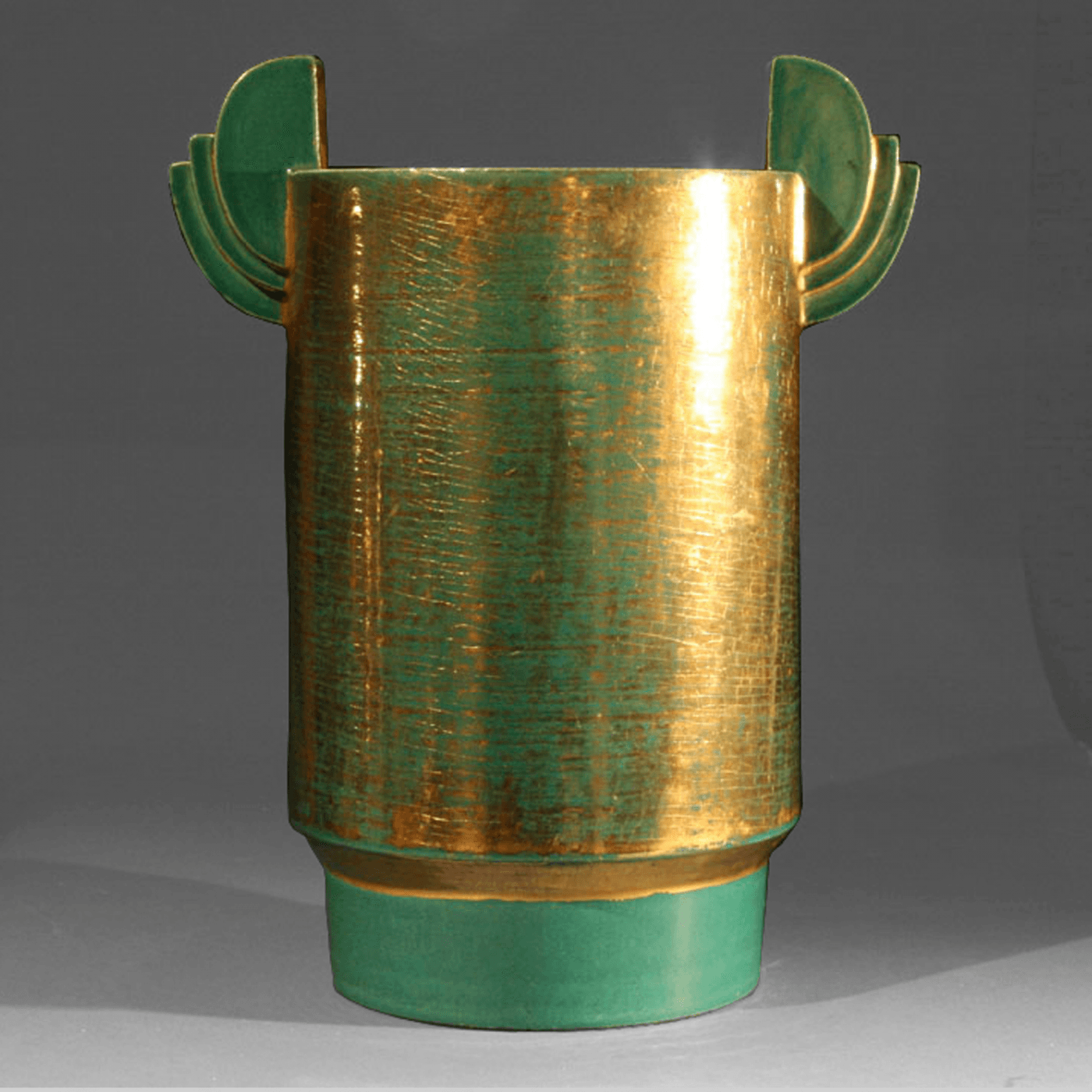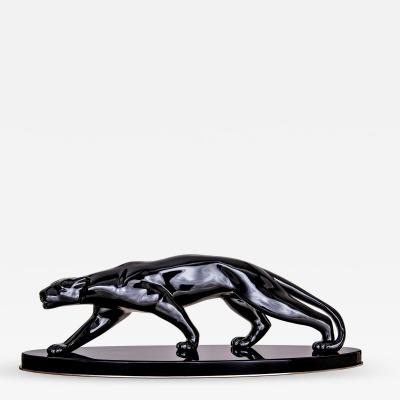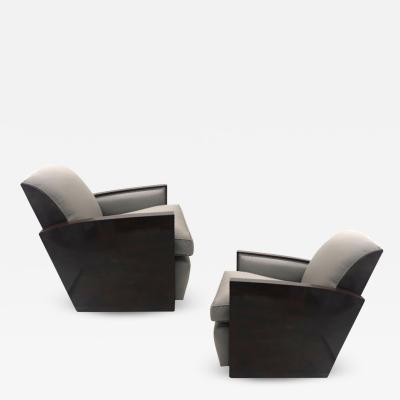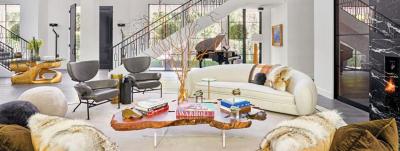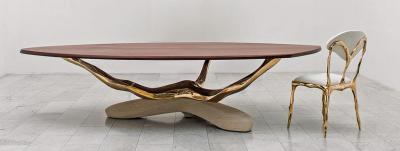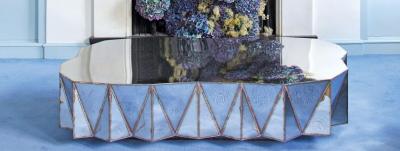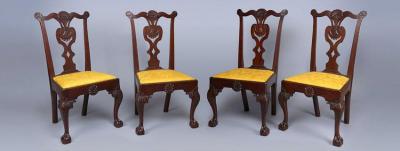Art Deco Furniture and Decorative Arts Shine in a Comprehensive New Exhibition
The exhibition Modern Taste: Art Deco in Paris, 1910-1935 presents a dazzling array of Art Deco furniture, decorative objects, paintings, sculptures, fashion garments, jewelry, glass, ceramics, and much more. The comprehensive display, which is currently on view at the Fundación Juan March in Madrid, strives to do more than present examples of Art Deco furniture and decor -- it strives to challenge the time-honored division between the fine arts and the decorative arts as well as question the nearly complete absence of Art Deco from the history of modern art.
Art Deco emerged in Paris in 1925 at the Exposition Internationale des Arts Décoratifs et Industriels Modernes, where the style was first exhibited. The aesthetic quickly spread throughout Western Europe and by the 1930s, the movement had caught on in the United States and beyond. In the midst of the Machine Age, with World War I behind them, designers favored the style because it sought to infuse jaded traditions with new life – creating a modern style that was elegant, sophisticated, glamorous, and exuberant. The movement also had great reverence for the social and technological progress happening at the time.
As much as Art Deco looked to the future, the movement was significantly inspired by the past, especially the distant and ancient cultures of Africa, East Asia, and early Egypt and Mesoamerica. Art Deco integrated many motifs, materials, and forms from these cultures into the movement’s art, design, and décor. What resulted was an eclectic and exciting style, typified by bold colors, lavish ornamentation, streamlined forms, geometric shapes, and modern materials such as aluminum, stainless steel, Bakelite, chrome, and plastics. From fine and decorative arts to fashion, film photography, and commercial design, Art Deco affected all forms of artistic output during the inter-war years.
Organized chronologically and thematically, Modern Taste: Art Deco in Paris, is divided into eight sections that trace the evolution of the influential movement. Many of the works on display, loaned from more than fifty public and private collections in Europe and the United States, fall into two particular categories: they are either important and little-known works by celebrated artists and designers, or important works by names largely unfamiliar to the general public.
Modern Taste begin with the origins of the movement in Paris in the early twentieth century -- reassessing Cubism as one of its sources of inspiration and offering a glimpse of the luxuriousness and functionalism that pervaded French interiors in the 1920s. The exhibition then focuses on the 1925 Paris Expo and continues up to the 1930s when Art Deco’s distinctive modernity melded with the new forms introduced by Charlotte Perriand, Le Corbusier, and Eileen Grey -- figures that pioneered Modernism, a movement from which Art Deco has been curiously and unjustly excluded.
Modern Taste: Art Deco in Paris is the first exhibition devoted to Art Deco ever held in Spain, and the first to be presented outside of a decorative arts museum (the Fundación Juan March primarily exhibits to modern art). The exhibition will remain on view through June 28, 2015.
















